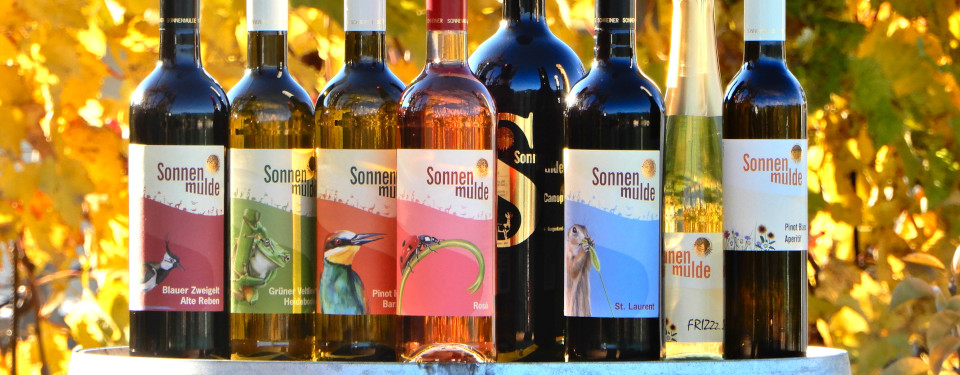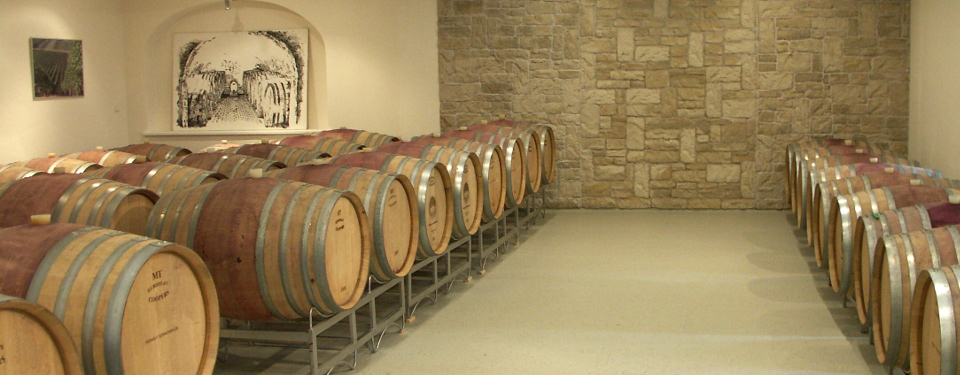Vineyard clearing
« 2020 | 2019 | 2018 »
Current News » Events »

The last phase in the life of a vineyard, the clearing. Well-tended vineyards can last for 30 to 50 years. But the older they get, the more care they need. Yields drop and more and more vines have to be replanted. In the course of decades, grape varieties also change and even cultivation methods are subject to constant modernisation. At some point it is time to grub up and replant.

Since the vines are cleared anyway, it is no longer necessary to treat them very gently. Immediately after the harvest, all shoots and leaves are cut off. Then the supporting trellis is removed. The old wire is wound up and disposed of as scrap metal. Metal uprights and sticks can be reused for a new planting if they are in good condition. However, they must still be cleared away and stored so that the field can be properly prepared. Wooden uprights and sticks cannot be reused, but when cut they provide good heating material for the winter.

At the end there are only the stems left. They are cut off at the bottom and brought home as heating material. The roots are then ploughed out and brought out of the vineyard too. They can be used for heating in the form of wood chips. Finally, the field is ploughed deeply and can freeze out in winter. If necessary, it can also be left fallow for a year or two for recreation. However, the modest vines do not burden the soil very much anyway, and we additionally help it by always working with a species-rich green manure. We can therefore replant in spring already. This time it will be Zweigelt, which fits very well to the location. In a few years the young Zweigelt vines will replace an old vineyard, which can then be cleared. And so it goes on and on.
Page Top »







